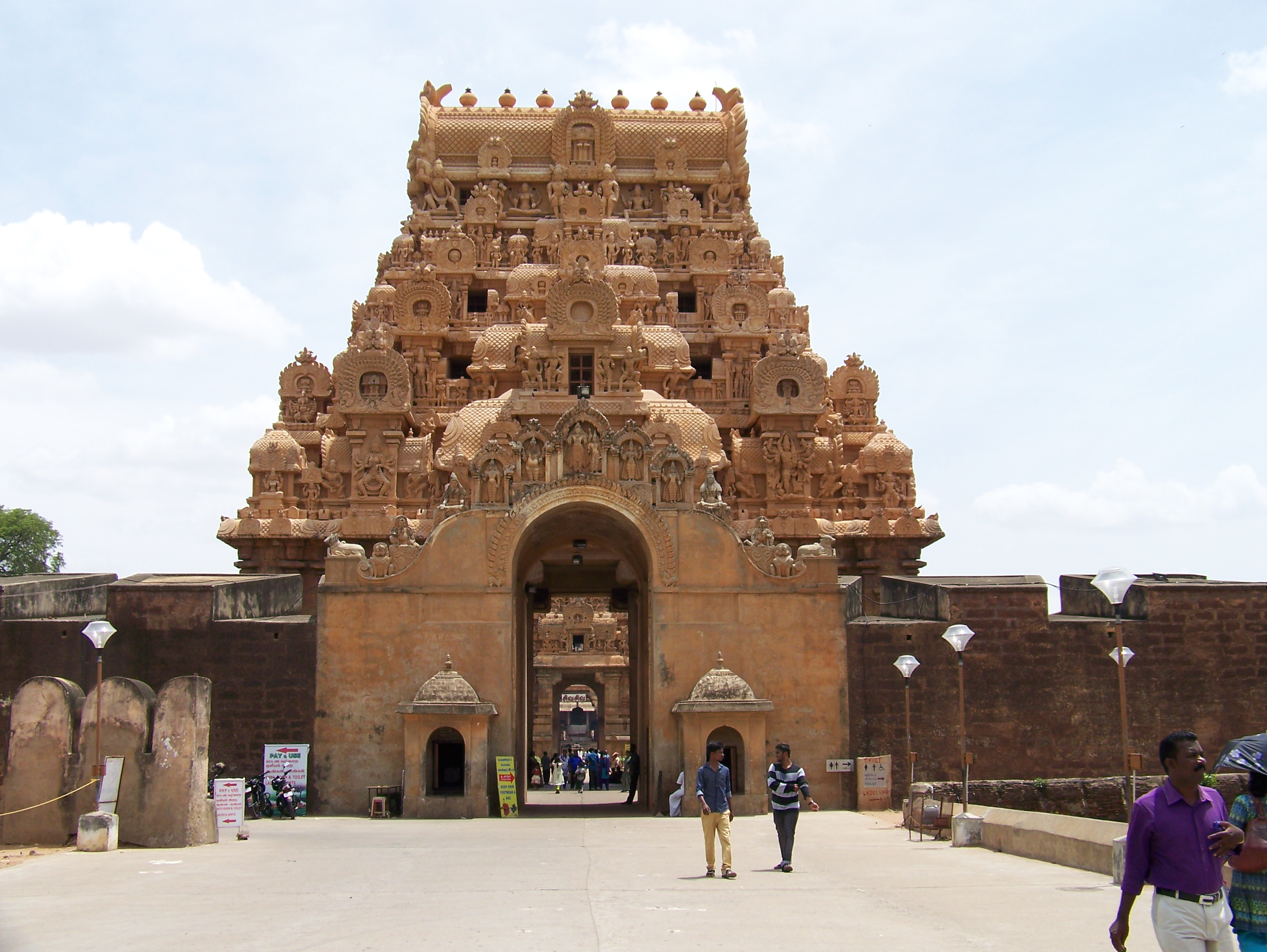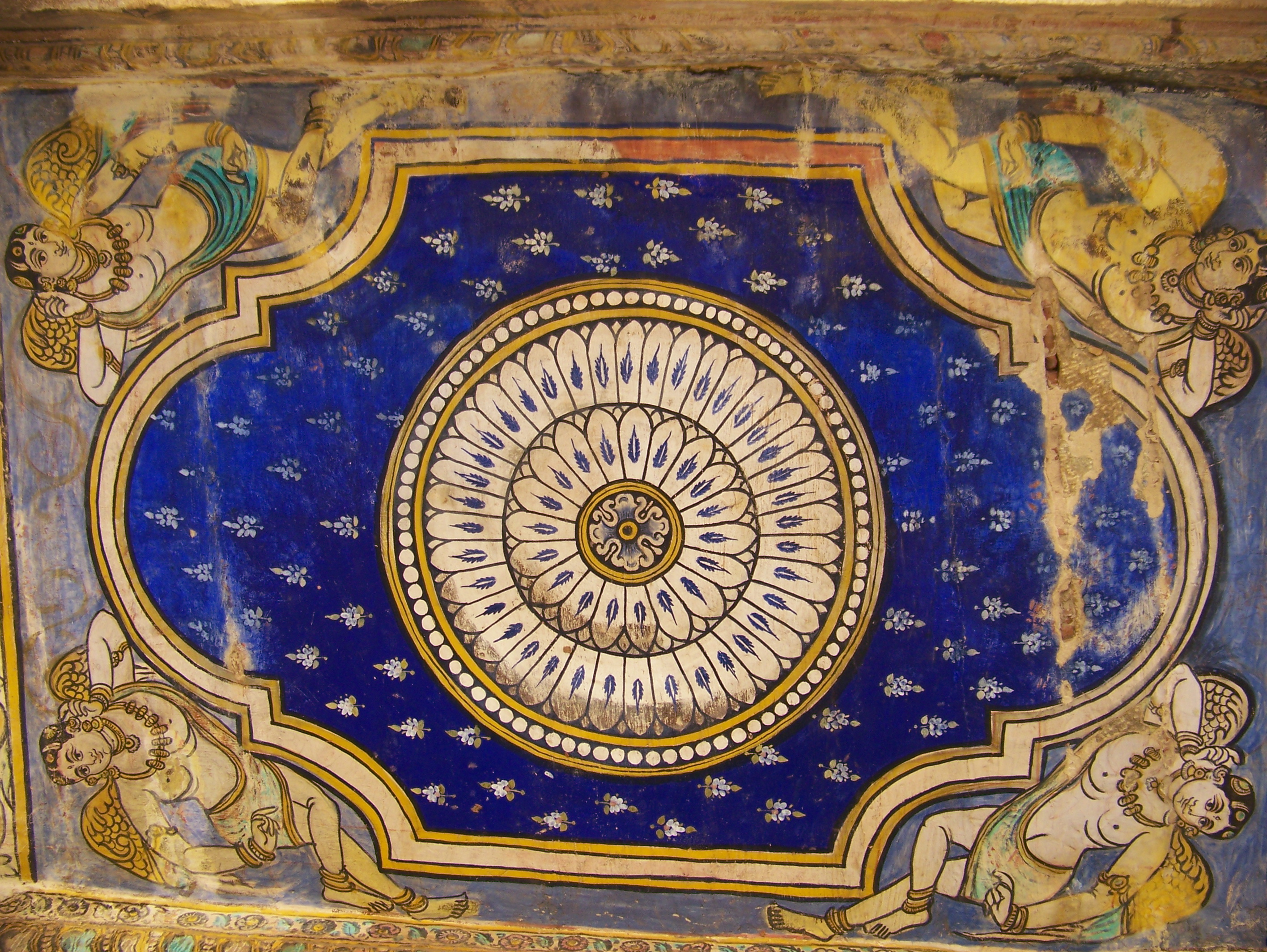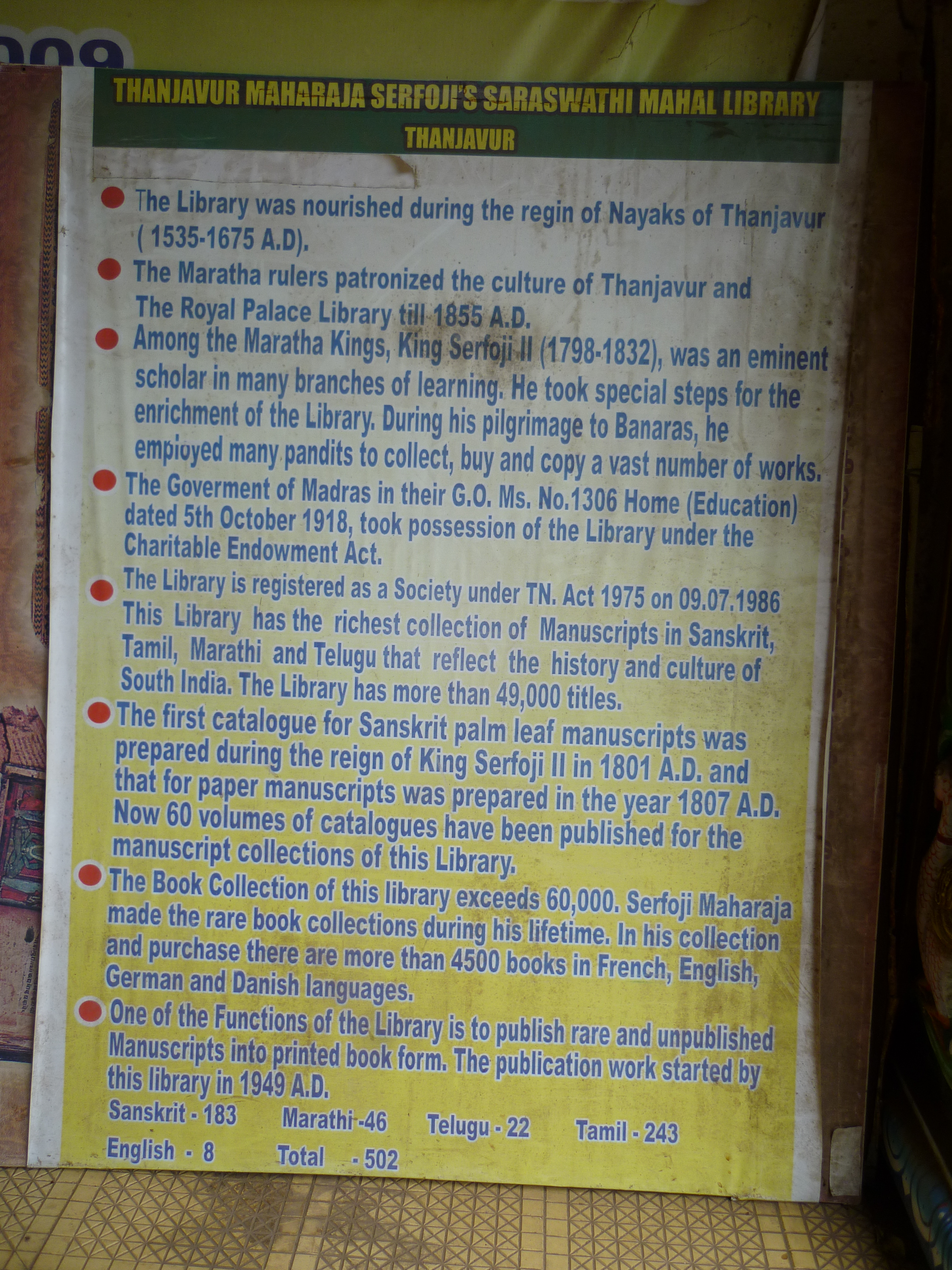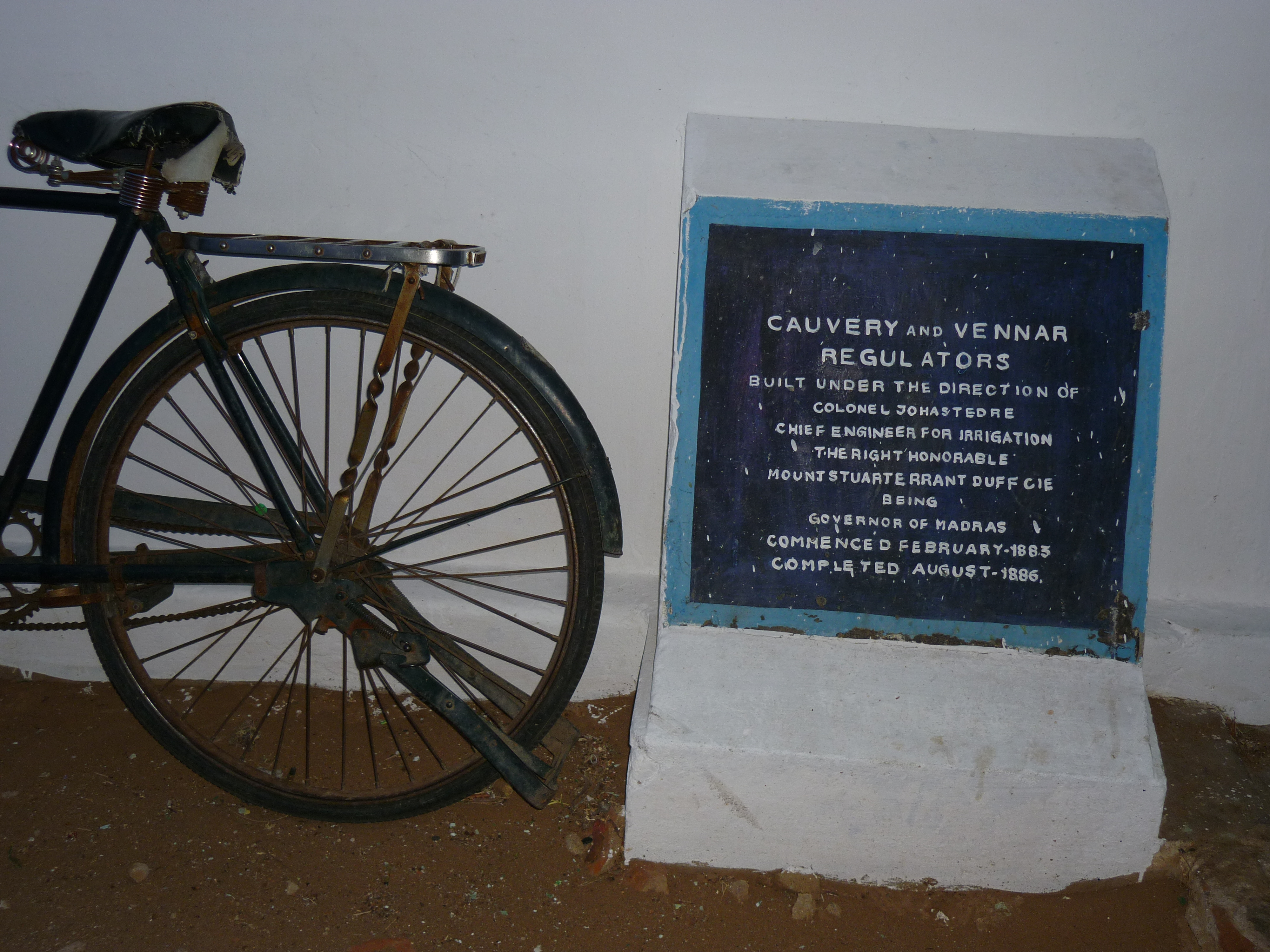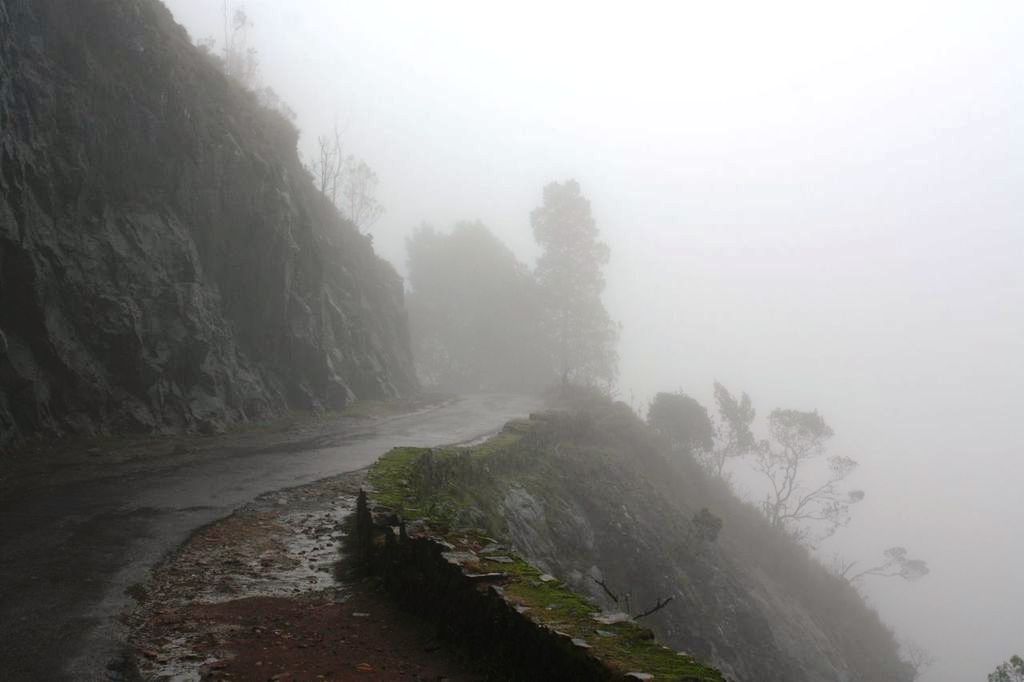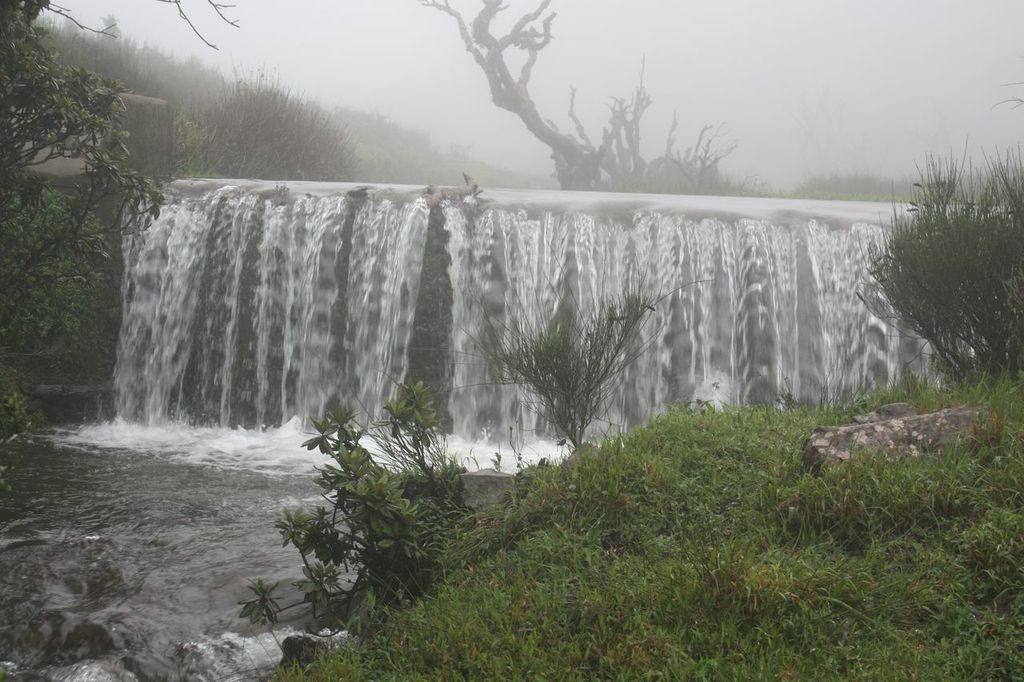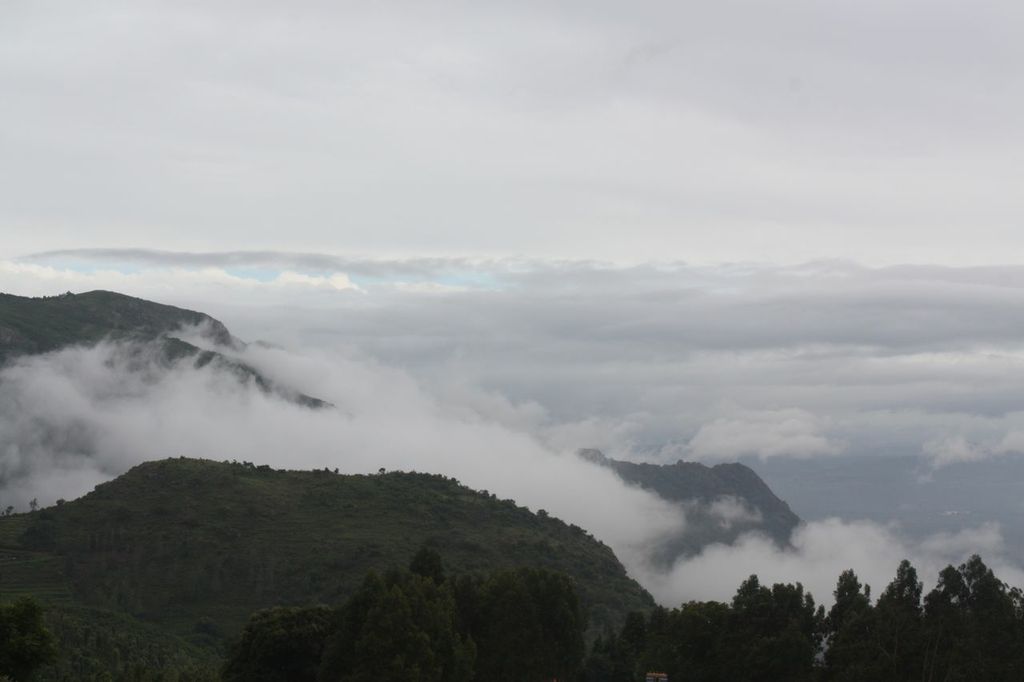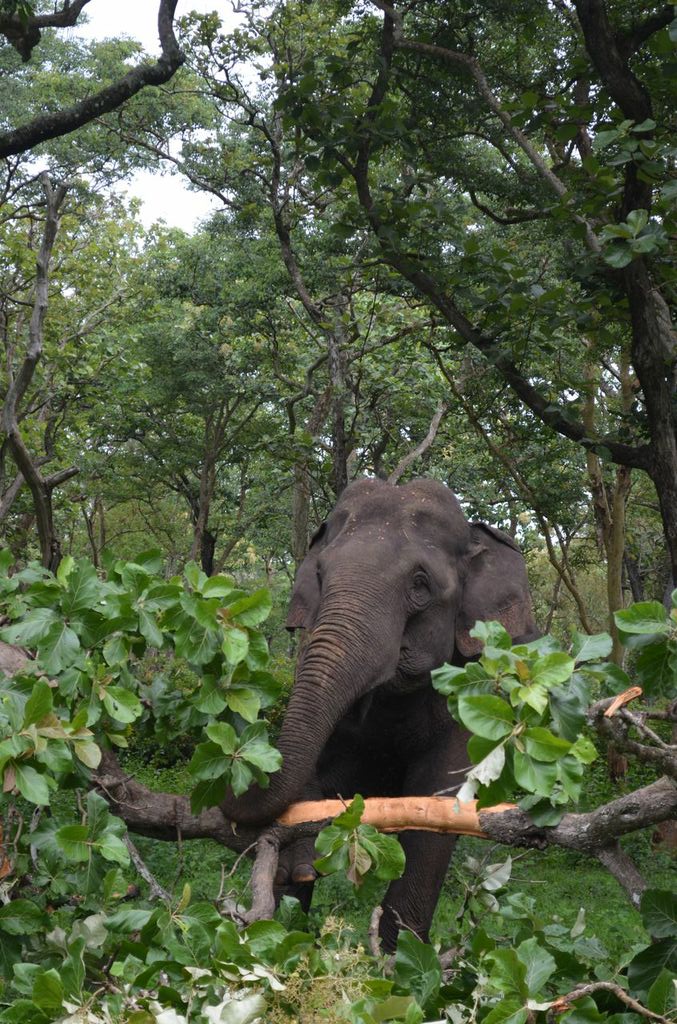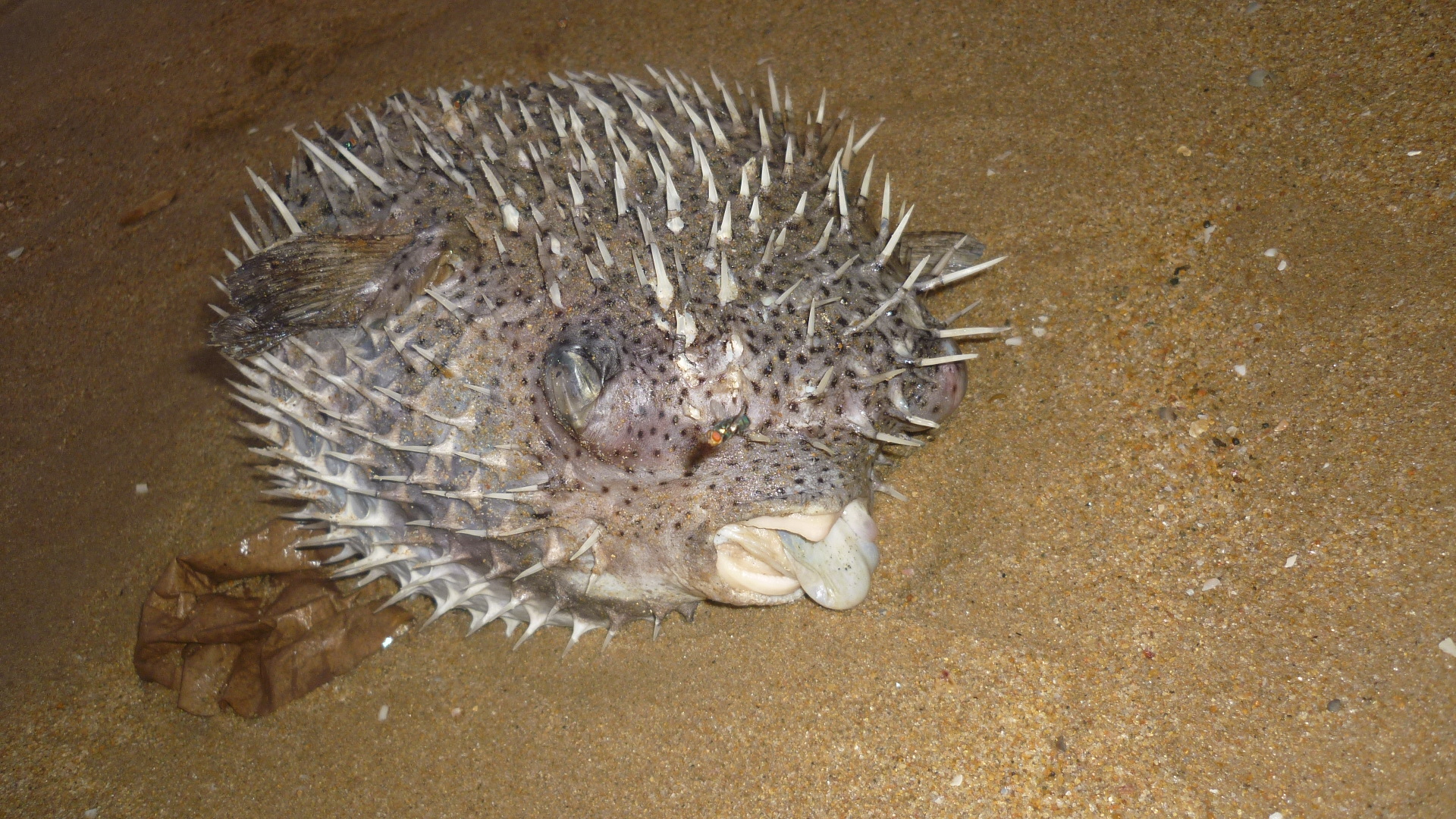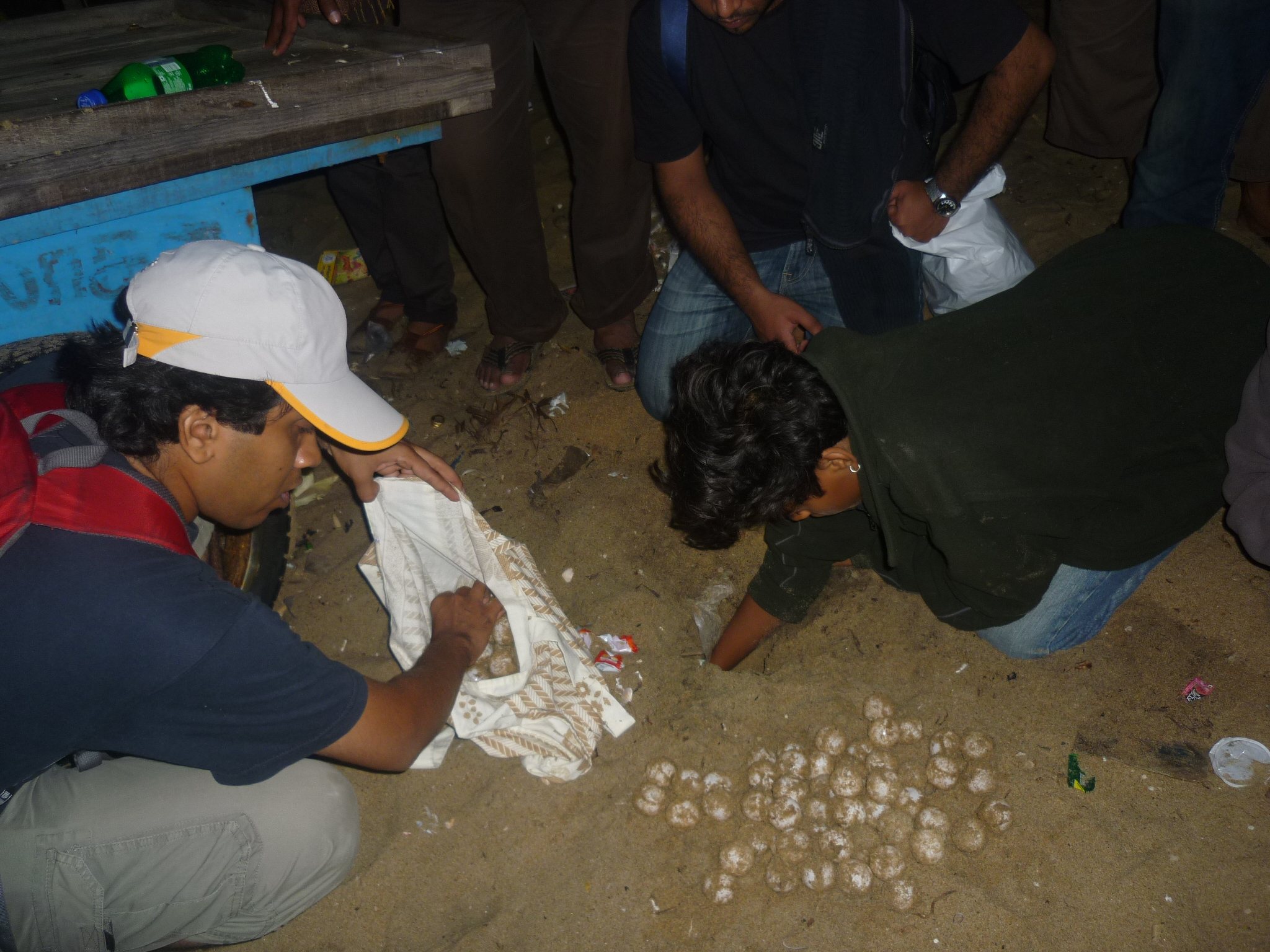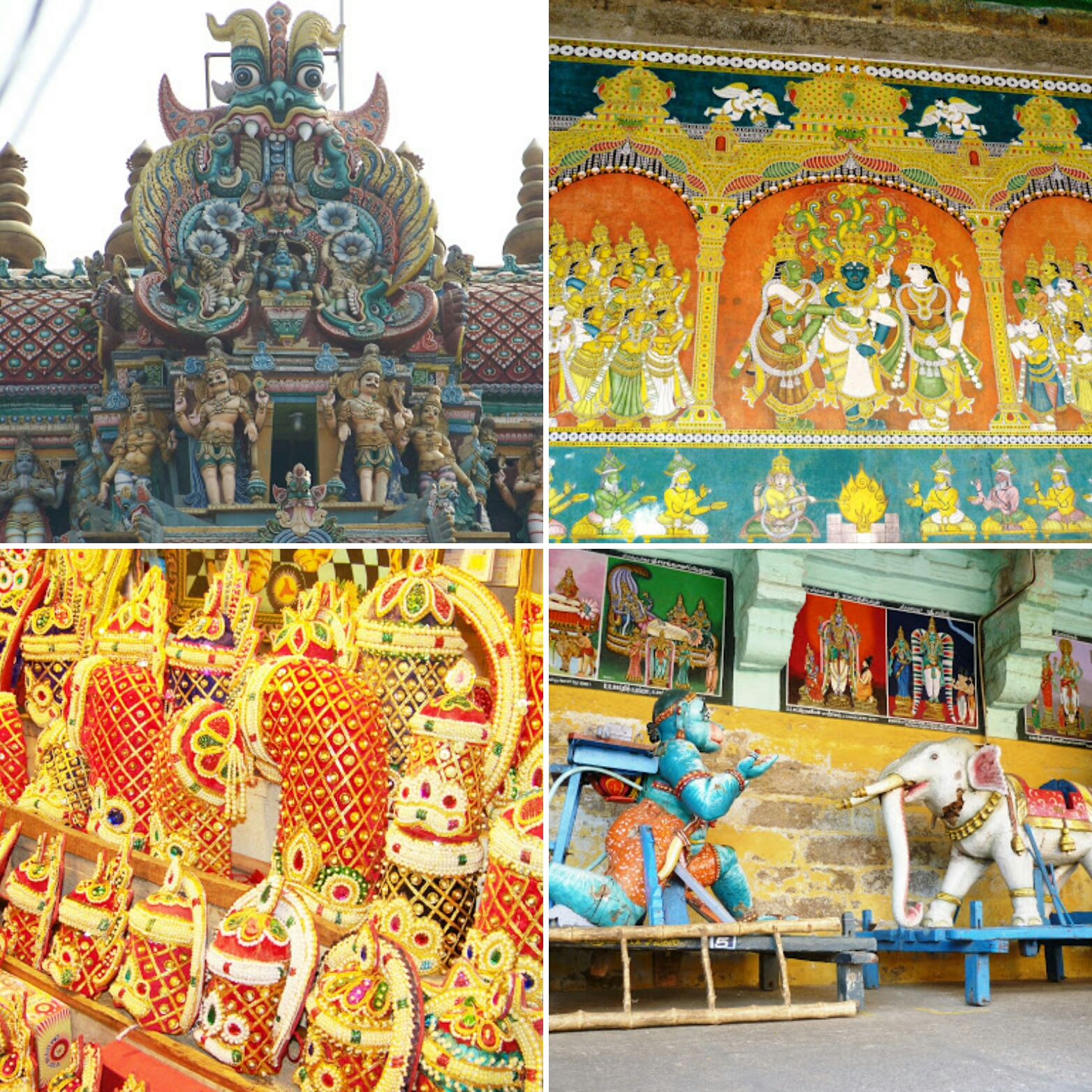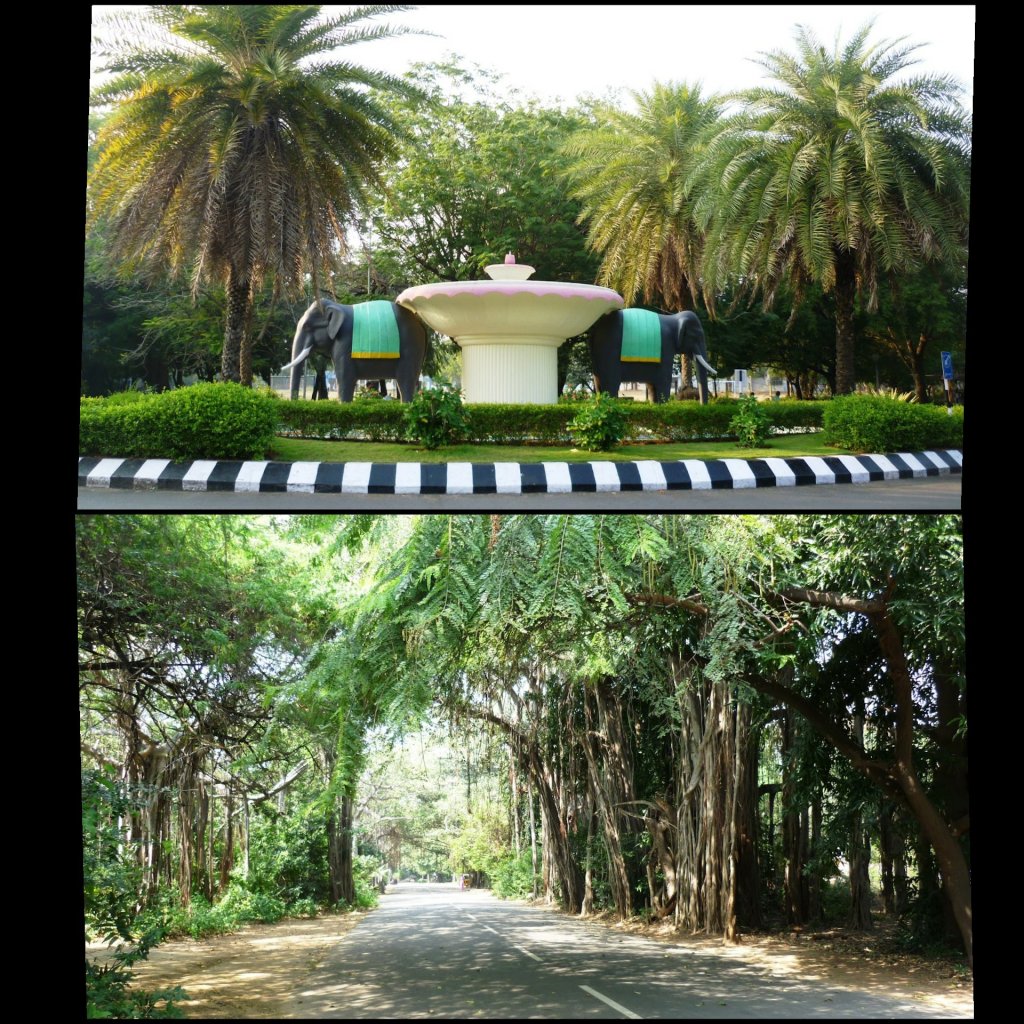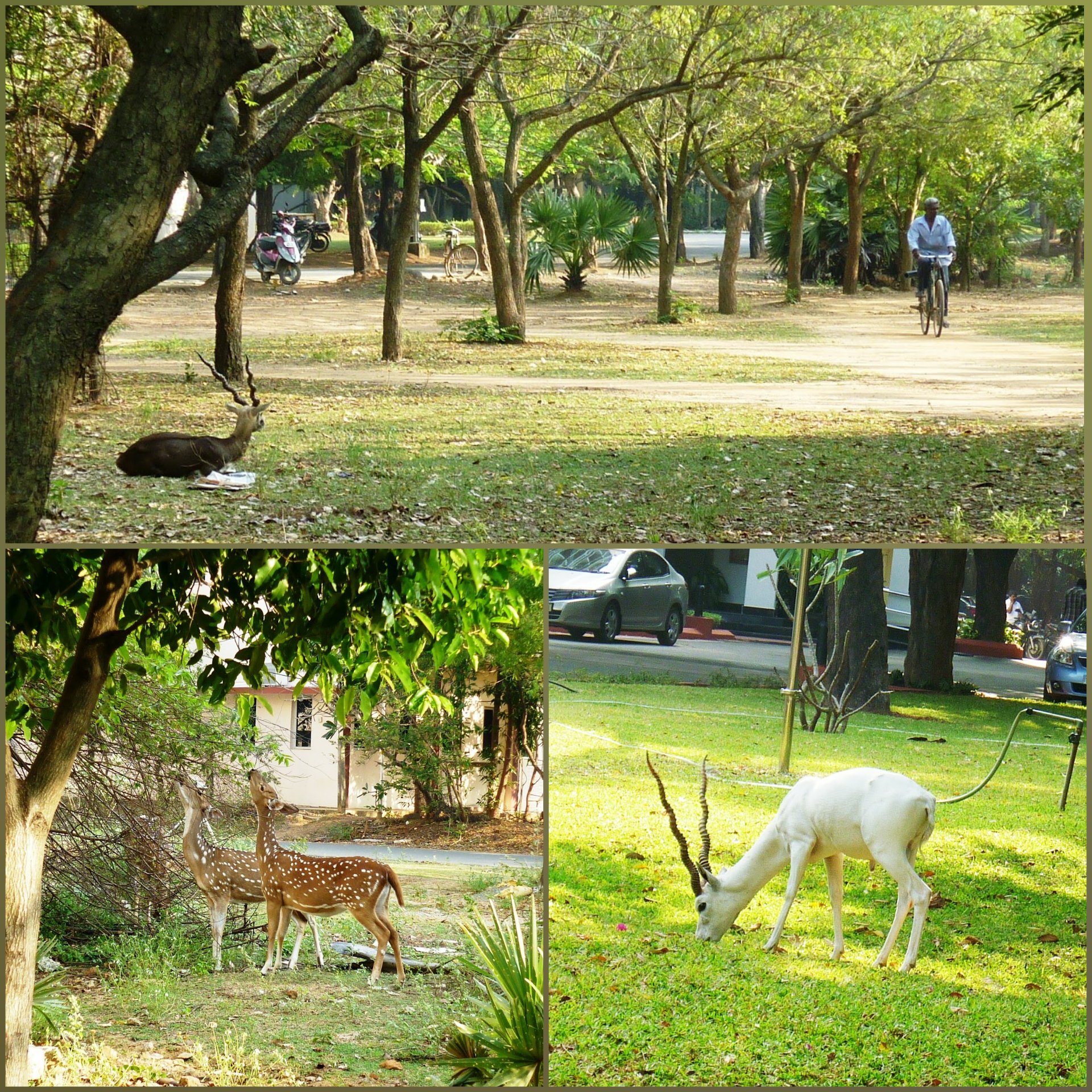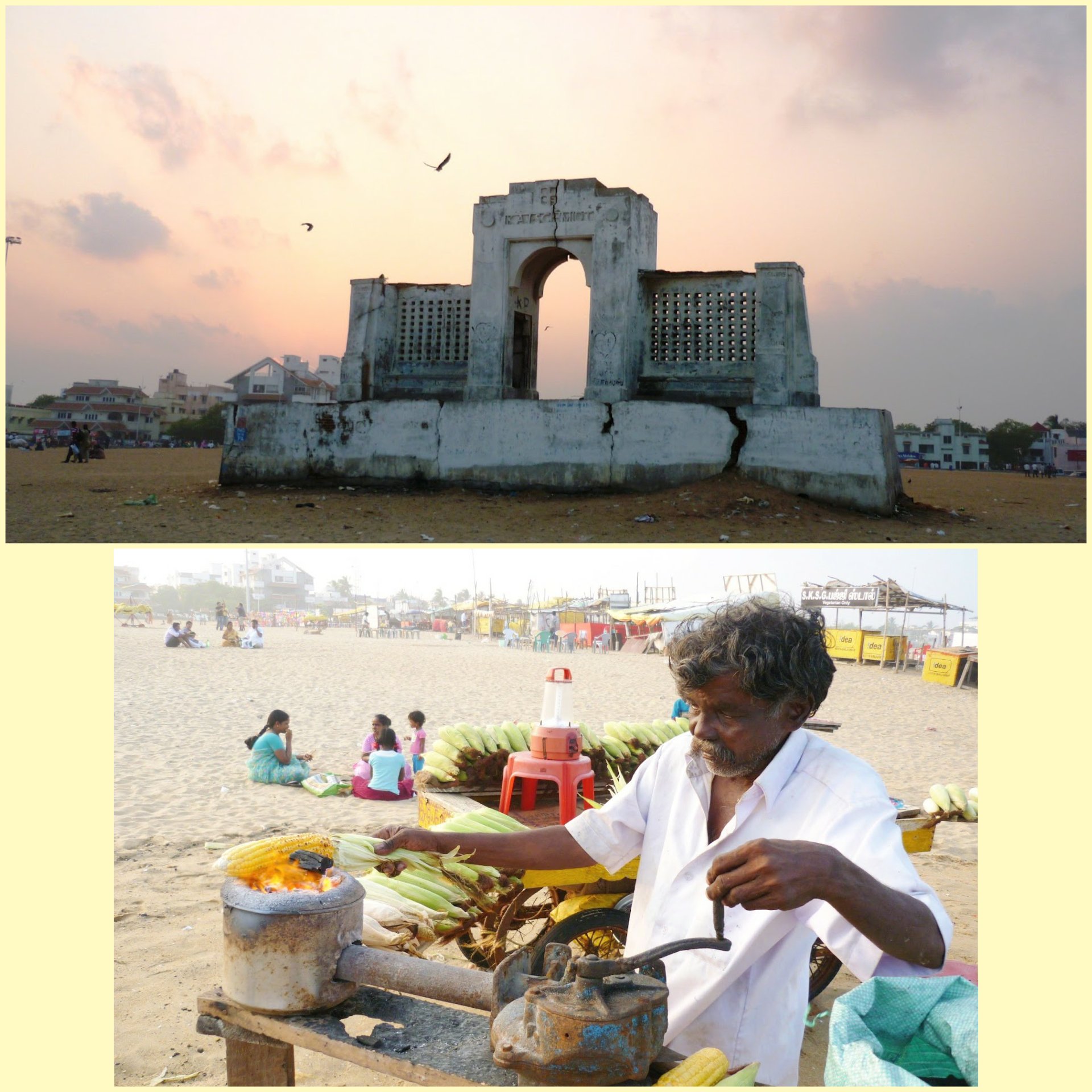Well… Heading to seek blessings from Lord Venkateshwara at Tirumala Tirupati Devasthanam? I’m not a religious person and I’m someone who seeks variety in my travels… The same route and same destination- I have sometimes felt myself being forced into a pilgrimage sort… No doubt, I have loved my general hike up the stairs to the venkateshwara hill, more for the beautiful views, stopover points like deer park, waterfalls and so many eateries all the way up. I have even tried the not-so-pious option of the quick VIP entry for the darshan. But, over time when the route becomes so predictable, even the journey kinda starts to hit you when everyone is sleeping on family vacations that are occasional and are spent on familiar roads!!! So that’s when I started to explore alternate routes and make family road trips more interesting!
While travelling to Tirupati, the usual route one tends to drive through, is the
Bangalore-KGF-Chittoor-Tirupati highway.
But the nice, straight, adventure less route has sometimes made my brother to doze off at the steering. So, the last time we planned to go, we tried taking a slightly longer but interesting route via
Bangalore-Madanapally-Horsley hills- Talakona- Tirupati.
Although this national highway was a single lane, it was absolutely scenic and had so many elements in the travelling. From barren flatlands to lush green hill stations, rustic countryside huts to erstwhile forts, scattered rocky hills to tempting mango orchards and horticultural farms, the route took us through several hues of the deccan plateau. To make it more interesting, we saw milestones with Karnataka’s Kannada and Andhra’s Telugu on either side of the same road marking the boundary of the two states. For the thought of knowing absolutely no words of the language on the other side of this state border, it felt like I was crossing an international border without a passport 😀
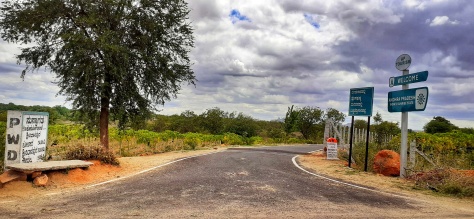
So our itinerary was something like this:
- Start from Bangalore by early morning (To avoid the traffic choc-o-bloc at KR Puram)
- Reach Horsley hills for a late breakfast or a brunch (before the day trippers, riders and families pour in for lunch)- It is a short ride up but the view up there is worth it.
- As we descended the hill, the drive further from there was gorgeous forcing us to take several photo stops.
- Drive up to Talakona, the highest waterfall in Andhra. You can book your meal at the forest run jungle resort there before heading out to indulge yourself in some fun activities or getting drenched in the waterfall depending on the water level there. It is also wiser to leave from there before it is dark as it is a national park area and the wild animals get on the road post sunset (Click here for a detailed post on Talakona).
- Reach Tirupati and take rest for the night.
- Plan your darshan of the deity based on your convenience- a quick visit or a hike up to the temple and return to the room to rest.
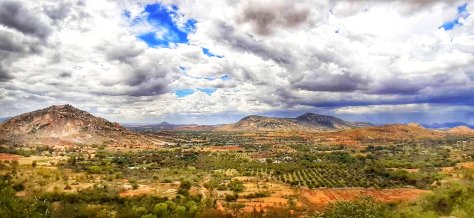
It is quite usual that a lot of people extend their pilgrimage until Srikalahasti. They combine the Vaishnavism faith (Lord Venkateshwara at Tirupati) and Shaivism faith (Lord Shiva at Srikalahasti) in the same trip since both are located not far from each other (More details on Srikalahasti in a separate post).
- On the way to Kalahasti with a small deviation, is what I figured out was, that there is a 11th century fort at Chandragiri, the erstwhile capital of the Vijayanagar dynasty. It is beautiful and you will not regret the deviation.
- Reach Kalahasti for the evening prayers and find an accommodation there.
So, are you done with the pilgrimage? Is your family feeling all blessed and happy now?
Good morning! Save your sleep for some other day and Buckle up. For I’m going to take you through a different route as you return home. You can thank me later 😉
- Drive through eucalyptus and teak groves on a scenic off-road to reach Sullurpeta, Your only place to find decent food before you embark on a long day ahead.
- Your next destination is 20kms away- thank me later. Drive through a straight dead road, cutting through what is the second largest Salt Lake in India- the Pulicat lake. You will love the drive and the destination.
- Welcome, you have arrived at SHAR, Sriharikota island. India’s Large Rockets’ launching station (Click here to read my struggle to finally get there!). The space museum located on its premises is open to public with online registration. You can witness a rocket launch too if you time your trip well.
- Coming back to the drive, on either side of this straight road you see is this never-ending stretch of salt. Depending on what season you are traveling, you will be warmly greeted by bright white dried salt flats or brackish molten salt. Spend some time at the watch tower there and you will not be disappointed by the variety of migratory birds you encounter. The entire area is declared as the Pulicat birds’ sanctuary.
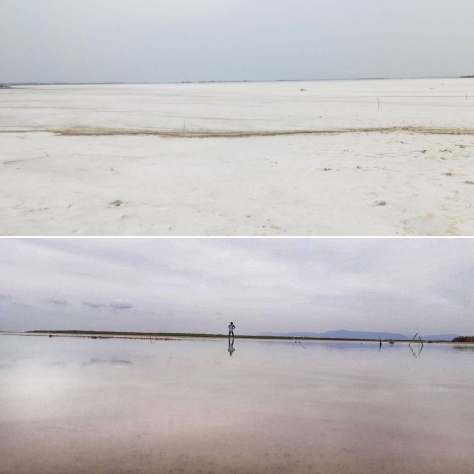
Got fuel? Drive another 60 kms. to a tiny fishing hamlet called Pulicat located towards Chennai. The Pulicat lake is situated between two states, Andhra and Tamil Nadu. Flamingoes and Pelicans are a highlight here along with several other migratory birds that flock the swampy lake every season. Get yourself a boat ride with the local fisherman there and he will take you around the swamy waters. Watching the sunset at the beach will be a perfect way to wind up your day!
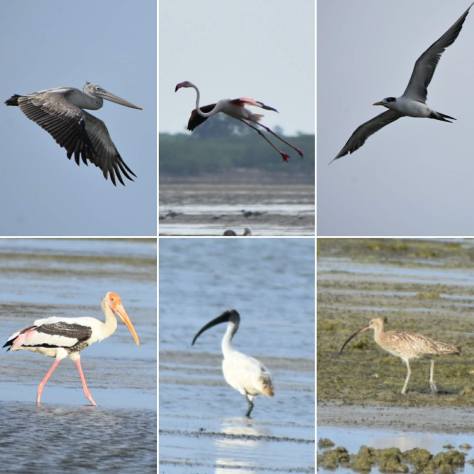
From Pulicat, you can take one of the below three highways to head back home:
- Drive through Tada and follow google maps to reach the Chittoor highway. Tada has a waterfall to visit and some decent places to stay overnight. It is a village/ township created for the tribes who were relocated from the Sriharikota island when the space station was established and human settlements had to be cordoned off in that island.
- Drive further bit to Chennai and take the highway with a pilgrimage / shopping stop at Kanchipuram (Click here to read about places to visit in Kanchipuram)
- Take the Vellore route with a stop at the Vellore fort and the Golden temple of Lakshmi. Yelagiri is a popular hill station among the urbanites and is just a short drive away from Vellore. I will personally not recommend it as I did not find worth in taking the effort to deviate from the highway.
If you wish to choose option 2 or 3 to reach Bangalore, do not forget to stuff yourself with some good Biriyani at Ambur, Bon appetite!
Ok, I know this is quite an elaborate itinerary which I usually don’t write about. But I did so, thinking it might help a lot of you out there who text me asking trip ideas from Bangalore. You can skip the temples if you are looking only for an offbeat drive route and I’m sure you will enjoy it.
Or do you want me to customize the itinerary based on fewer or more days you have at your disposal? Drop in your requests, doubts and comments below. I will be glad to help you 😊



